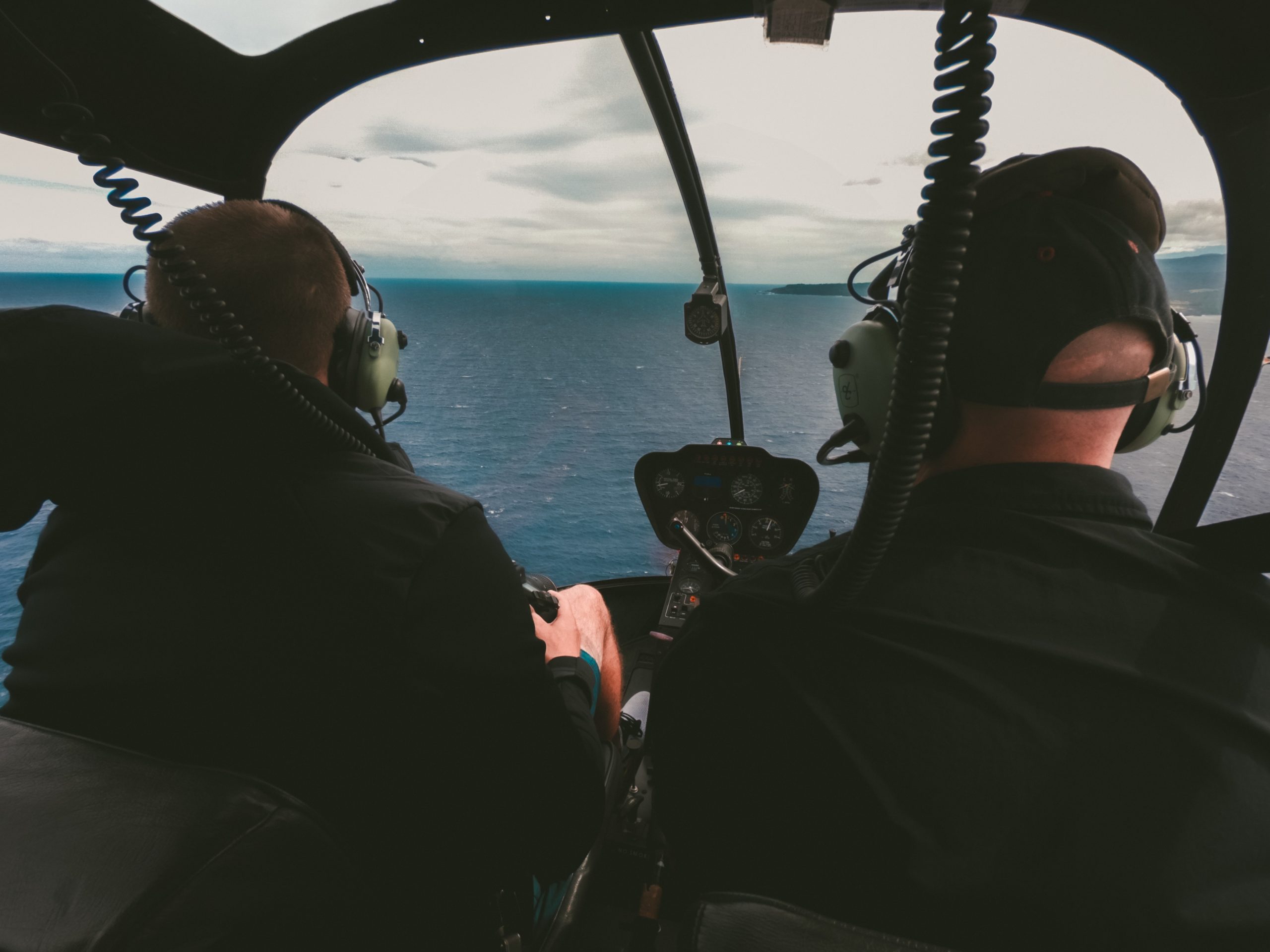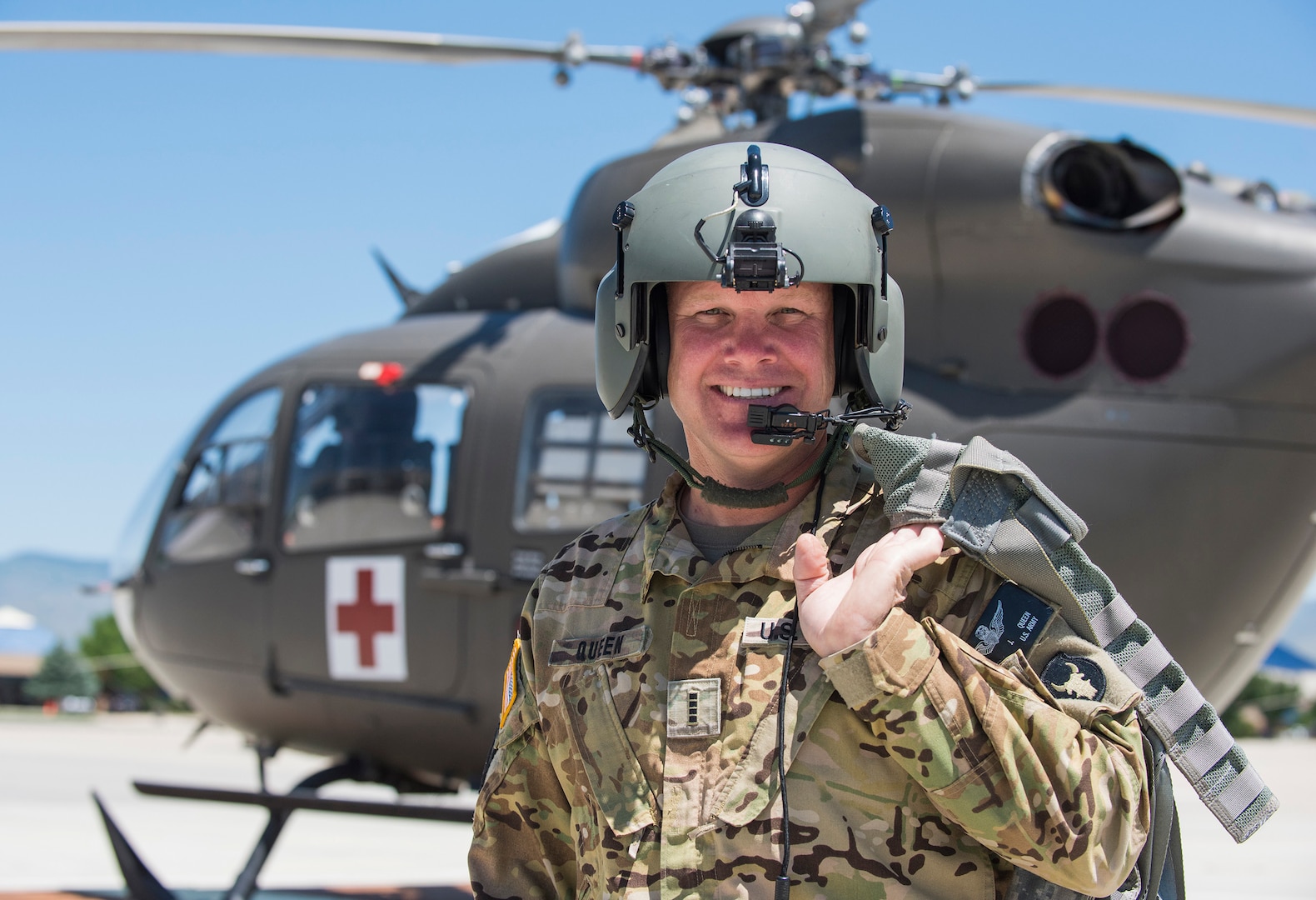Nice Info About How To Become A Helicopter Pilot In The Army

Okay, let's break down how to become a helicopter pilot in the Army, step by step, as naturally as possible. Think of it as a journey, not just a checklist.
1. The Foundation: Are You Army Material?
This isn't just about wanting to fly. The Army has standards, and you need to meet them before you even think about helicopters. First, you'll need to be a U.S. citizen. Then, there are age requirements – generally, you need to be between 18 and 35 years old. Education-wise, a high school diploma or equivalent is the minimum, but some paths require a college degree. Crucially, you'll need to pass the Armed Forces Qualification Test (AFQT) portion of the Armed Services Vocational Aptitude Battery (ASVAB). A good score here opens doors, especially for flight school.
2. Choosing Your Path: Officer or Warrant Officer?
This is a major fork in the road. Officer candidates typically earn a four-year college degree and then commission as a Second Lieutenant. They can pursue flight school afterward. Warrant Officer candidates, on the other hand, are highly specialized enlisted personnel. They often have some college experience or prior military service and are selected specifically for their technical expertise. For helicopter pilot training, the Warrant Officer path is the most common. It's important to research both paths and decide which one best suits your background and goals.
3. Warrant Officer Selection: The Gauntlet
If you're going the Warrant Officer route, you'll need to navigate a competitive selection process. This involves submitting an application packet, including your ASVAB scores, transcripts, letters of recommendation, and a personal statement. You'll likely have an interview with a selection board. They're looking for individuals with leadership potential, strong aptitude, and a genuine desire to fly. This is where your passion for aviation needs to shine through.
4. Basic Training: Turning Civilian into Soldier
Whether you're an officer or warrant officer candidate, everyone goes through Basic Combat Training (BCT). This is where you learn the fundamentals of being a soldier: drill and ceremony, weapons handling, land navigation, and Army values. It’s physically and mentally demanding, designed to build resilience and teamwork.
5. Warrant Officer Candidate School (WOCS) or Officer Candidate School (OCS): Honing Leadership Skills
If you are going the Warrant Officer route, you'll attend WOCS. Officer candidates attend OCS. Here, the focus shifts to leadership development. You'll learn about military leadership principles, command structure, and the responsibilities of an officer or warrant officer. You'll face challenges designed to test your decision-making and problem-solving abilities under pressure.
6. Aviation Pre-Flight Course (APC): Preparing for Flight School
Before you even touch a helicopter, you'll go through APC. This course covers the basics of aerodynamics, aircraft systems, and flight regulations. It's designed to give you a foundation in aviation knowledge before you start actual flight training.
7. Flight School: Wings of Gold
This is the main event! Army flight school is rigorous and demanding. You'll start with primary flight training in a fixed-wing aircraft to develop basic flight skills. Then, you'll transition to helicopters, learning everything from basic maneuvers to advanced tactical flying. You'll spend countless hours in the cockpit, both in simulators and actual helicopters. This phase culminates in earning your "wings" and becoming a qualified Army helicopter pilot.
8. SERE School: Survival, Evasion, Resistance, and Escape
Before you're fully mission-ready, you'll likely attend SERE school. This intense course teaches you how to survive in harsh environments, evade capture, resist interrogation, and escape if captured. It’s vital training for any military aviator.
9. Unit Assignment and Advanced Training:
After flight school and SERE, you'll be assigned to a unit and begin specialized training in the type of helicopter you'll be flying (e.g., attack, cargo, reconnaissance). You'll learn the specific tactics and procedures for your aircraft and mission.
10. Continuing Education and Career Progression:
The journey doesn't end with getting your wings. The Army encourages continuing education and professional development. You can pursue advanced flight training, attend leadership courses, and even work towards instructor pilot qualifications. There are many opportunities for career progression within Army aviation.
Becoming an Army helicopter pilot is a challenging but incredibly rewarding path. It requires dedication, perseverance, and a genuine passion for aviation. It's a journey of personal and professional growth, and the sense of accomplishment is unparalleled.
/arc-anglerfish-arc2-prod-mco.s3.amazonaws.com/public/7PGLEZHIO5FIZG2IQSZEXWH52Y.jpg)
Military Helicopter Pilots Best Image

How To A Helicopter Pilot In The Army (with Pictures)

A Day In The Life Of Rescue Helicopter Pilot > National Guard

Apache Helicopter Pilot Mos Rallypoint The Military Network /

Helicopter Pilot

Comments
Post a Comment